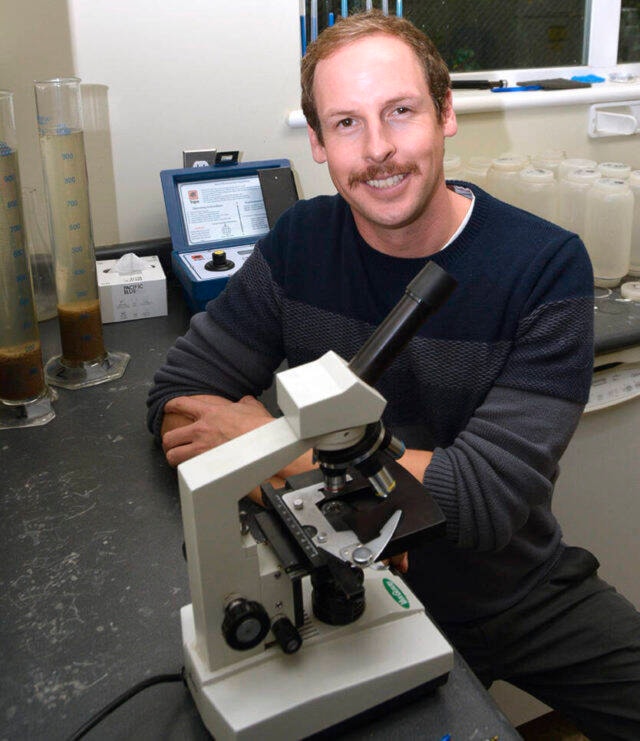Sooke officials will break ground on an expanded wastewater treatment facility to help the growing municipality increase capacity and improve water quality in the Sooke Basin.
Work on the $7.9-million project is expected to begin this fall.
The wastewater treatment plant will receive structural and mechanical upgrades, and the local wastewater collection system will be extended to increase sewer capacity. The enhancements will allow Sooke and T’Sou-ke Nation to accommodate future residential and commercial growth while improving water quality in the Sooke Basin.
The Sooke wastewater system was commissioned in 2005. The system services a core area of approximately 5,500 homes, but more capacity is needed due to growth.
The upgrades will see capacity jump to 4,500 metres daily from 3,000 in dry weather to 10,000 cubic metres in wet weather. The system uses secondary sewage treatment, which removes more than 95 per cent of the suspended solids and high levels of other contaminants.
The upgrades to the wastewater treatment plant align with the province’s CleanBC goals, make way for future community growth and help the district and preserve the local environment for years to come, say district officials.
T’Sou-ke Nation Chief Gordon Planes expects the upgrades will end septic tanks on the First Nation reserve and open the door to more economic growth.
Concerns have been raised for years about the Sooke Basin and harbour’s environmental health as the water quality continues to deteriorate.
The T’Sou-ke Nation traditionally harvested shellfish in the Sooke marine areas. Still, the area has been closed to harvesting for years due to high fecal coliform and enterococci counts.
When the wastewater plant began operation, there was a significant improvement to the marine areas in Sooke’s core. However, contaminants are still found in areas where homes remain on septic tanks.
“If we get more people off septic and onto sewer, then the harbour’s health will improve and improve,” said Christina Moog, the district’s communications coordinator, in an interview with the Sooke News Mirror last year.
RELATED: Behind the scenes at the Sooke wastewater plant
RELATED: New funding for wastewater plant will improve environment, Sooke mayor says
editor@sookenewsmirror.com
Like us on Facebook and follow us on Twitter
